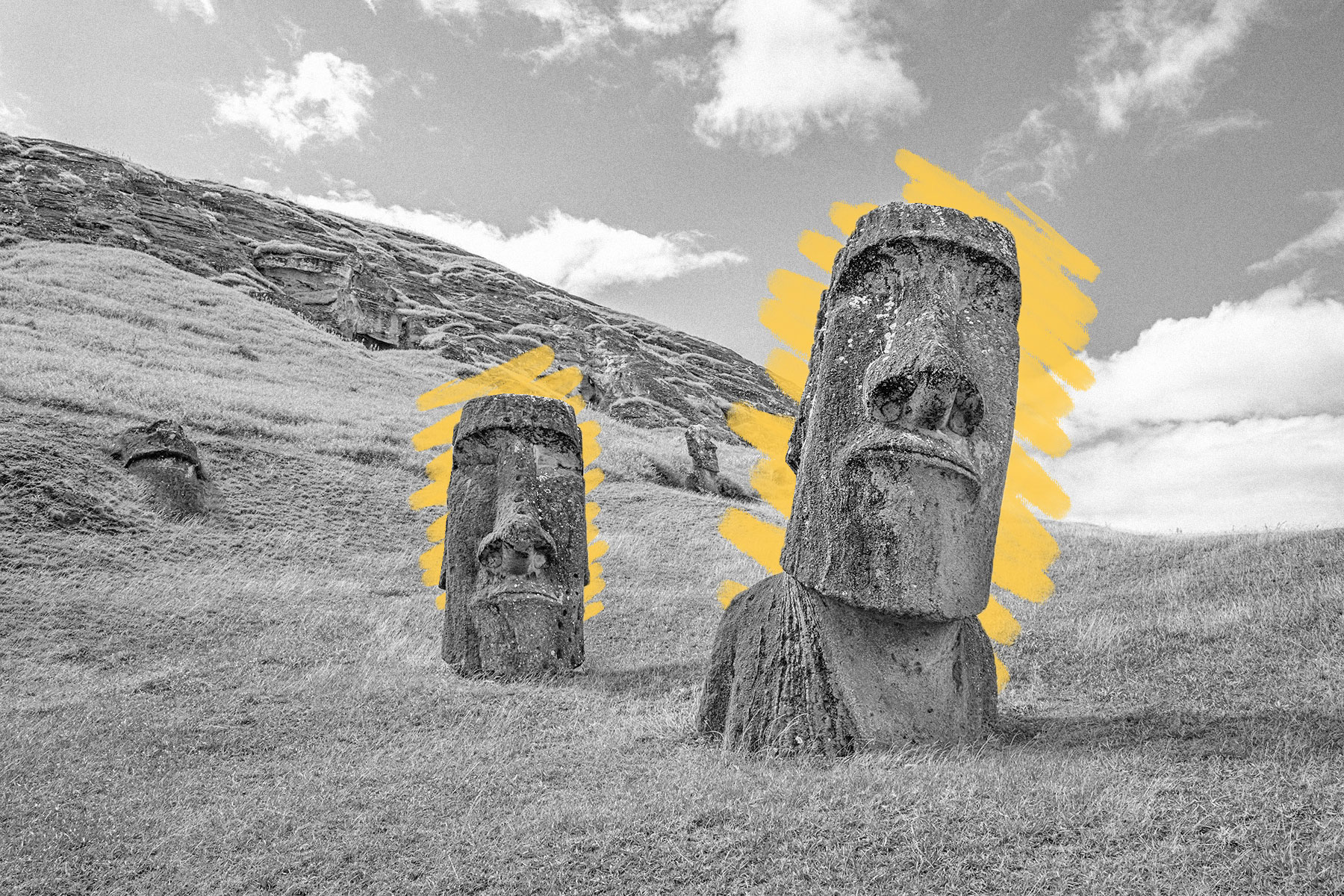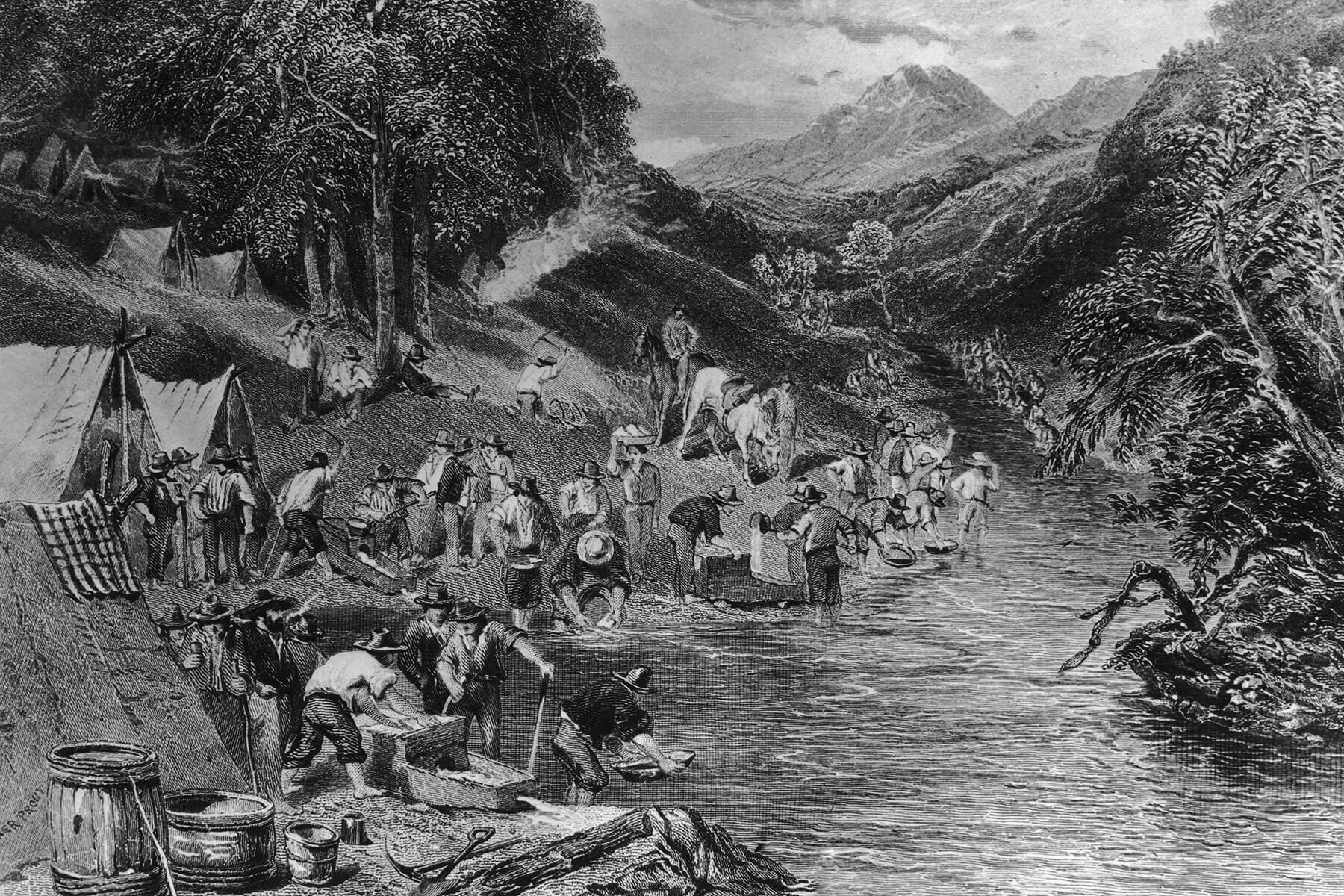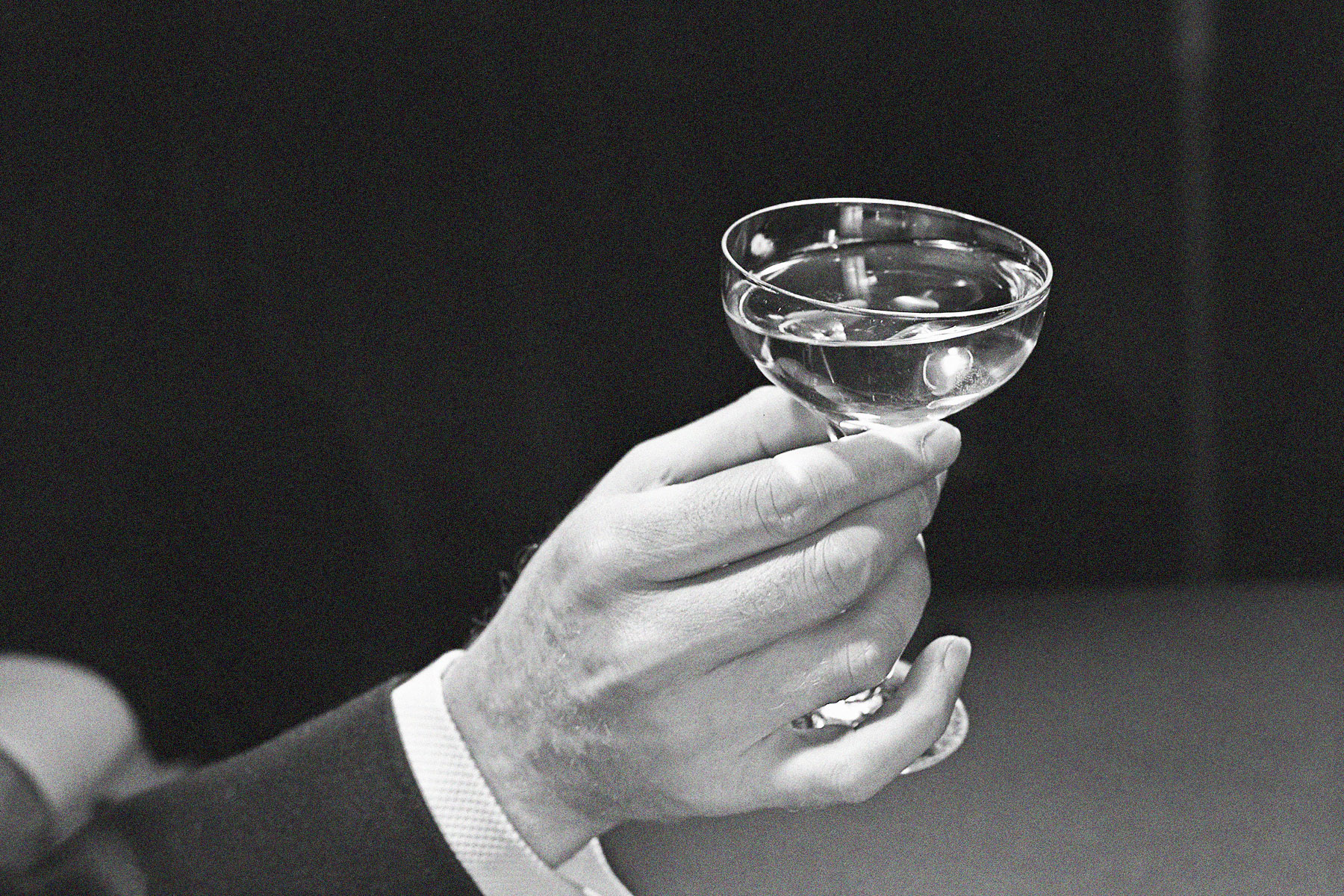There's more to the Easter Island "heads" than you realize
Wednesday, December 27, 2023
Adding to the rich legacy of Easter Island, archaeologists have uncovered full bodies underneath each structure. (But breathe easy: The bodies, like the heads, are made out of stone.) |
| |
| |
|
 |
|
| A dding to the rich legacy of Easter Island, archaeologists have uncovered full bodies underneath each structure. (But breathe easy: The bodies, like the heads, are made out of stone.) Known as moai, the figures were built by the Indigenous Rapa Nui people between 1100 and 1600 CE, but as time took its toll, the statues' lower halves became increasingly hidden by sediment and rock. |
|
|
| Located in the southeastern Pacific Ocean, Easter Island is one of the most isolated places in the world, and managed to escape colonization until the first European explorer arrived in 1722. The island itself was formed by three extinct volcanoes, which explains why the moai are carved from volcanic stone. The statues were built to temporarily contain the spirits of Rapa Nui chiefs, who were believed to become divine after death. The structures also sit on stone platforms called ahu, and some moai are adorned with circular red stones (pukao) that sit on their heads and represent topknots of hair. Excavationists have also found cremated and buried human remains at some ahu, suggesting they were a place of Rapa Nui death rituals. |
|
| The moai bodies were initially discovered by archaeologists in 1914, and in 2010, the Easter Island Statue Project began excavating two of the bodies. Since Easter Island is a UNESCO World Heritage Site, the moai are protected from humans, though the monoliths still battle erosion, rising sea levels, and the effects of forest fires. |
|
 |  |
|
| Thank you for supporting our advertisers! |
|
| |
|
 |
|
By the Numbers |
|
| Height (in feet) of the largest discovered moai, "El Gigante" | | | 69 |
| | | Approximate number of complete moai on Easter Island | | | 1,000 |
| | | Approximate number of complete moai on Easter Island | | | 1,000 |
|
|
|
| Percentage of Easter Island's current population made up by Rapa Nui people | | | 50% |
| | | Weight (in tons) of the largest pukao | | | 11 |
| | | Weight (in tons) of the largest pukao | | | 11 |
|
|
|
 |
|
 | | Did you know? |
|
|
A new moai was discovered on Easter Island as recently as 2023. |
|
| For archaeologists, Easter Island is a gift that keeps giving. In February 2023, the dry lake of Rano Raraku (a volcanic crater) revealed a new moai — one smaller than most. The figure was uncovered by three Chilean scientific volunteers, who were working to restore the crater's marshland. Experts estimate that the statue, which was found on its side gazing up at the sky, is at least 200 to 300 years old. The discovery is exciting for both historians and the Rapa Nui people, as it suggests there are even more moai to be found. |
|
| Thank you for supporting our advertisers! |
|
| |


posted by June Lesley at 6:00 AM










![]()
![]()






0 Comments:
Post a Comment
<< Home